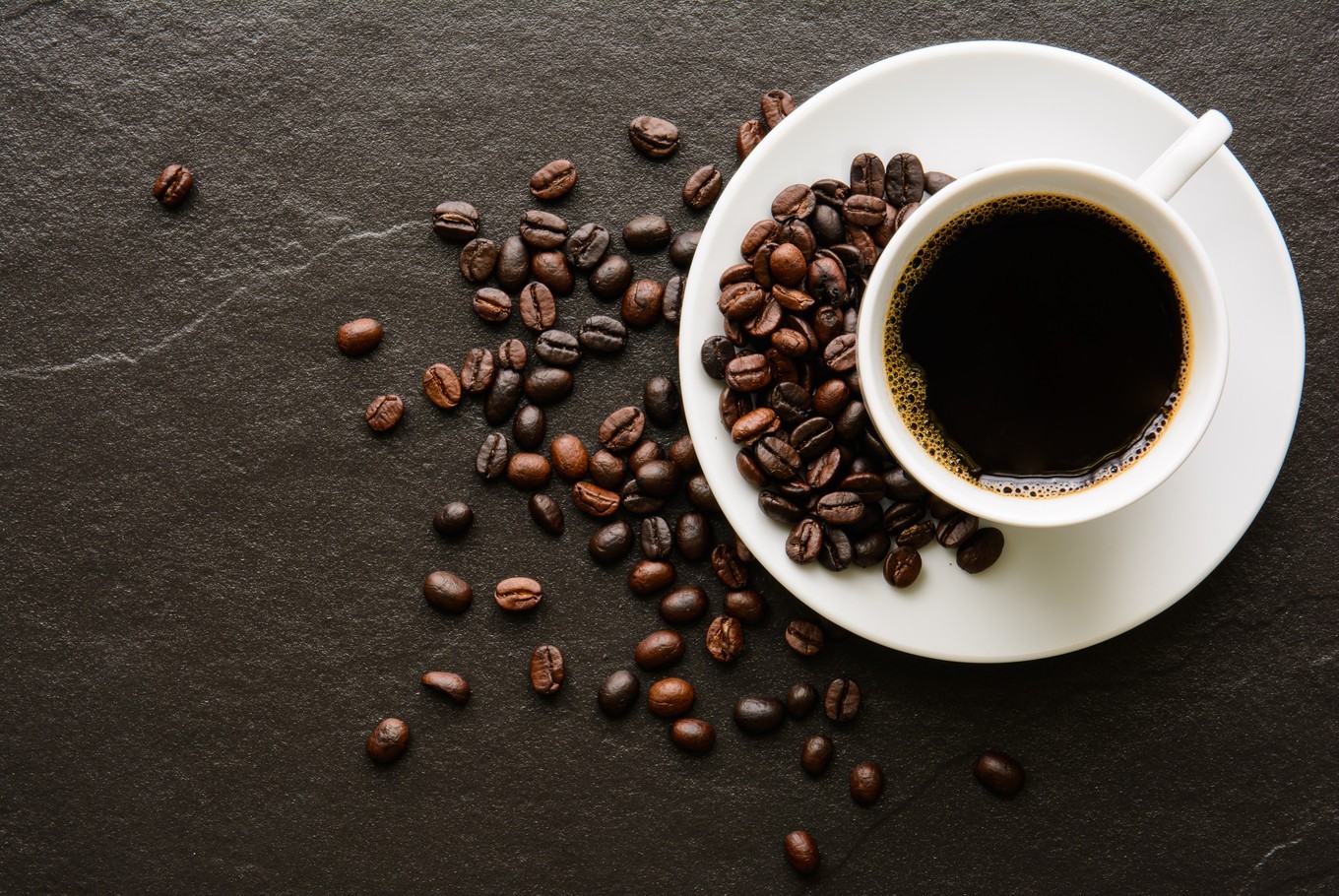The scientists fighting to save us from a world without coffee
Climate change is threatening your morning caffeine fix.
Change Size
 Coffee crops are under siege from deforestation, abnormally high temperatures, a lack of precipitation, and disease. The global market is heading for its fourth straight year of deficit, according to estimates from Rabobank International. (Shutterstock/File)
Coffee crops are under siege from deforestation, abnormally high temperatures, a lack of precipitation, and disease. The global market is heading for its fourth straight year of deficit, according to estimates from Rabobank International. (Shutterstock/File)
W
hile Washington debates whether climate change is a hoax or an imminent threat, the world coffee industry is not waiting for the American government to take action to protect its business.
Coffee crops are under siege from deforestation, abnormally high temperatures, a lack of precipitation, and disease. The global market is heading for its fourth straight year of deficit, according to estimates from Rabobank International. At the same time, global demand for the beloved beverage is expected to reach an all-time high this year, led by demand from younger American consumers. Production will need to increase at least 50 percent by the middle of this century to keep pace with the demand, says Conservation International, an environmental organization. To cope, the industry is rushing to develop plants that can adapt with the changing environment.
Land suitable to grow the arabica beans favored by Starbucks Corp. and other specialty roasters will be cut in half worldwide by 2050, according to the World Coffee Research institute, a group sponsored by the industry. In Brazil's Espirito Santo state, output has fallen precipitously, particularly for the robusta variety of coffee bean. In the last three years, the region has received just 50 percent of its average rainfall, while temperatures soared to 3 degrees Celsius above normal. "It was the worst drought in 80 years," Romario Gava Ferrao, a researcher at the state-run research institute, Incaper, told Bloomberg. Some farmers have moved to other regions or have invested in other crops such as pepper, he said.
Hugo Ramos, a meteorologist at Incaper, isn't sure if the warmer, dryer weather is a permanent change for the region. "We have to study more to understand what will happen in the next years." The situation has become so dire that the nation is considering importing lower-quality robusta beans from Vietnam in order to meet demand, an option that has met strong opposition from local farmers.
Leaf rust, a fungal disease that affects both arabica and robusta plants, is also devastating the industry. About 18.2 million bags of coffee worth about $2.5 billion were lost to the disease from 2011 to 2016, according to WCR. The loss put 1.7 million people out of work. A warmer planet means producers will be forced to contend with more frequent threats to their beans.
Read also: Scientists seek holy grail of climate change in Oman's hills
To avert a disastrous future without coffee, Christophe Montagnon, a geneticist at the WCR, is leading a global team of researchers in an effort to find existing plants that can survive in a changed climate. "Global warming means that the only places that will remain arable are colder or at higher altitudes," Montagnon said in a telephone interview from Lyon, France.
In a recent experiment, Montagnon's team took 30 plant varieties from 20 countries and placed them in a controlled environment in Laos, where they were subjected to temperatures as low as 2 degrees Celsius. The seven varieties that survived the cold snap will now be taken to other regions, from Brazil to Guatemala, to see if they can thrive in foreign soils and uncontrolled conditions. Eventually, the coffee plants deemed most resistant to both colder temperatures and leaf-rust will be selected for planting.
"We now have these varieties that are resistant to frost,” Montagnon said. The next step is to challenge those varieties in different environments, he said.
Finding coffee plants able to withstand leaf rust may be a bigger challenge. Recent research has shown that resistance is breaking down in some rust-resistant varieties originally developed from the 1950s to the '90s. The fungal disease remains common in some areas, particularly the Americas, where it primarily threatens the arabica beans sold by high-end roasters.
Still, Montagnon remains optimistic. "This is exciting,” he said.
With assistance from Brian K. Sullivan.









